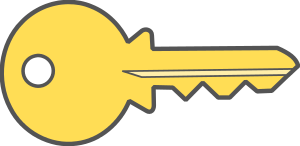Modeling Natural Selection 2
Project #1408 on iSENSEProject.org
In this investigation, students will study the process of natural selection, a process in which organisms that are better adapted to their environment than other members of their species reproduce more successfully. This leads to evolution, a gradual change in the genetic makeup of a population over time. Students will model the changes in population density of brown and white mice over four generations, in both a white sand and dark forest floor environment.
For this activity, data has been collected from only one group of students. This investigation is not scheduled to be done for several weeks. At that time, class data will be collected in i-sense via the contributor key and a much larger set of data can be analyzed.
Guiding Questions:
How did the proportion of brown mice produced in the third and fourth generations compare to the proportion produced in the first generation? Did the white mice population change by the same proportion? Can you explain the reason for the difference? Use the bar graph.
Looking at the data, which allele, W or w, was removed from the gene pool by predation?
How does this model simulate real life? What do you think are the limitations of the model?
| Name | Units | Type of Data |
|---|---|---|
|
Number of mice
|
None
|
Number
|
|
Generation
|
None
|
Number
|
|
Environment
|
|
Text
|
|
Color of mouse
|
|
Text
|
|
Mouse - Environment
|
None
|
Text
|
| Number of mice | Generation | Environment | Color of mouse | Mouse - Environment |
 intervention
intervention